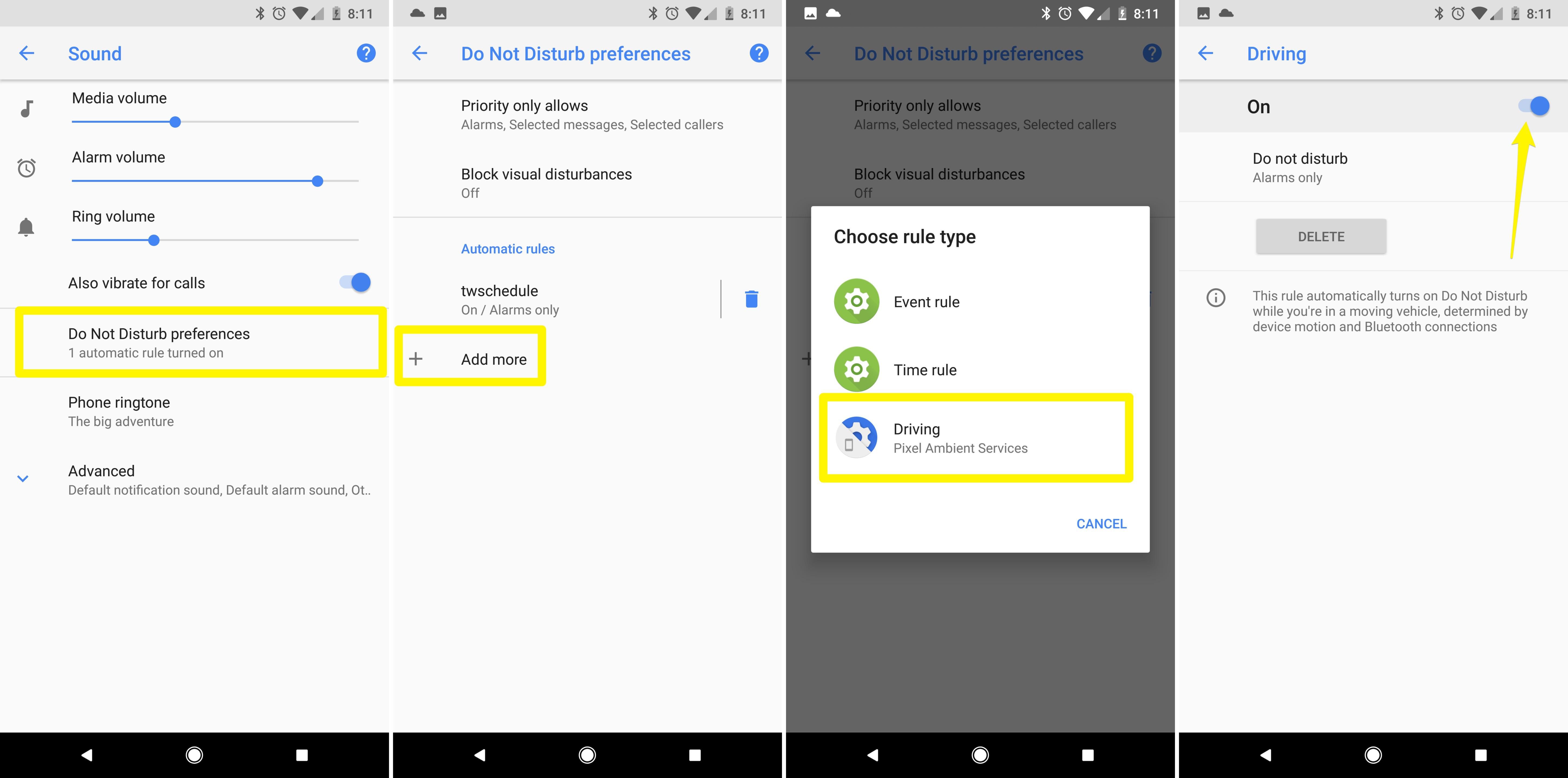Background
I just noticed some functions of NotificationManager that handle a class that's called AutomaticZenRule :
and others...
The problem
Looking at the docs of AutomaticZenRule, it still doesn't tell much about what it is, and what can it be used for:
Rule instance information for zen mode.
What I tried
Searching the Internet, I can see just in a Commonsware blog post, that they wonder what it is:
It is unclear what AutomaticZenRule is ...
There is practically nothing more that I've found about it. Not "zen mode" and not "AutomaticZenRule".
The questions
What is "zen mode" ?
What is "AutomaticZenRule" , and what can I do with it? How is it related to notifications?
Is there anything special on Android N, that this API was added on this version?
Is there a sample for using it?


do not disturbmode. Very vague, but it's at least something. (if the link dies for whatever reason, the important part is:Activity Action: Show Zen Mode (aka Do Not Disturb) priority configuration settings.) – Copyholder